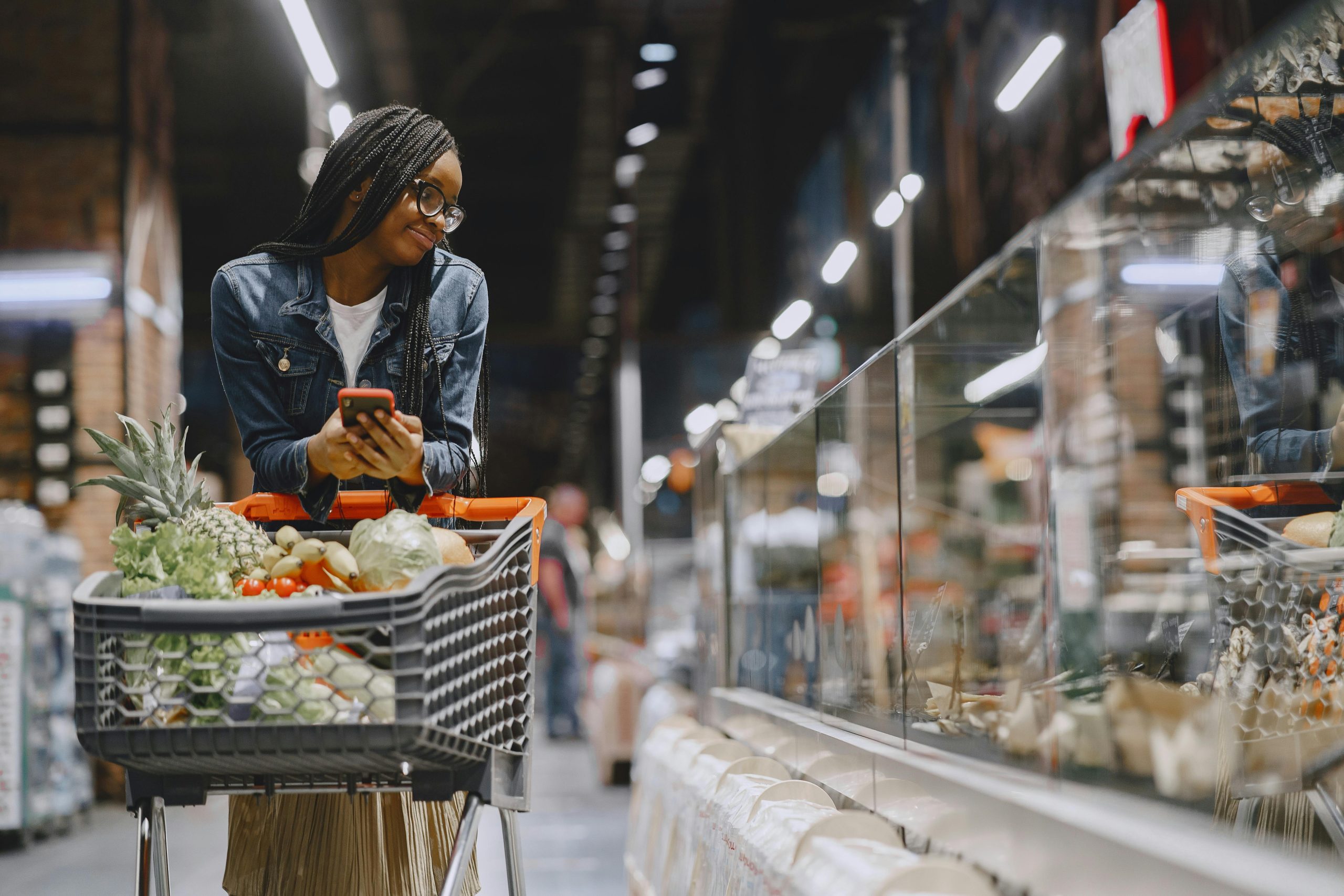Photo by Gustavo Fring
Case studies provide a unique opportunity to move beyond theory and delve into real-world strategies. Today, we’re exploring a case study focused on brand visibility and lead generation. Before we dive into the specifics, let’s clarify these concepts’ importance.
Defining Brand Visibility and Lead Generation
Brand Visibility is: Getting more people to become aware of your brand, products, and services. Awareness is the first stage of the customer journey and unless people are aware of you, there is no chance of them doing business with you.
People don’t do business with you because they don’t even know you exist. The product is great. The service is great. They just don’t know about you… yet! And so, finding a way to increase brand visibility (or awareness) is a step to getting more clients.
But it doesn’t stop there.
Lead Generation: This takes people a step further. It’s not enough for them to be aware but we want to move them closer to becoming paying customers.
So, we generate leads – people who give us their contact information (typically name, email address, and phone number) and permission to tell them more about what we sell.
And, depending on what industry you are in, you can:
- Email leads and have them buy directly from your website
- Call leads and set up a consultation/meeting
- Send them offers, discounts
- Ask for referrals.
The possibilities are endless.
Case Study: The Client, The Problem, The Solution and Results
THE PROBLEM:
The Client, a Startup Company in the Food & Beverage Industry, approached a digital agency I co-founded. They produced food products that are healthier alternatives to existing products.
The client’s goals were:
- Increasing the visibility of the brand to raise awareness with their target audience to drive demand for the products within supermarkets (they didn’t sell directly to consumers).
- Generating leads who provided contact information as potential distributors of the product. These potential distributors should be owners of mini-kiosks, supermarkets, or large departmental grocery stores.
Before delving into the specifics of our strategy, let’s establish some key aspects:
The client had:
- A 2-minute skit targeted at would-be distributors, outlining the benefits of the product and the benefits of becoming a distributor.
- A 15-second brand-building video that just very briefly highlighted the benefits of the product and where you could find it.
- The product is carried in supermarkets (from kiosks in neighborhoods to large departmental grocery stores).
I’m going to be using a few parameters to explain what we did and the results we got so before we dive in, this is a sort of “glossary” of all the terms you’ll see in the case study.
Goal: What we were trying to achieve.
Platform(s): What Channels We Used.
Ad Objective: What Type of Ad we ran.
Placement: Where The Ads Were Shown.
Target: Who the ads were shown to.
Ad Copy: The message in the ad
Creative: The video content used
Tracking/Testing: Evaluating and testing the ads.
Call To Action: What we needed the viewer to do.
THE SOLUTION
Our very first objective was to generate a list of distributors all around the country so that as people became aware of the product they could be directed to supermarkets near them to purchase.
Assets Used:
- Video: 2-minute skit targeted at would-be distributors
- Ad Objective: We had 2 different campaigns with 2 different objectives.
- #1 – Message Response
- #2 – Lead Ads
- Placement: Facebook, Instagram
- Target: People interested in food and a healthy lifestyle
- Ad Copy
- Tracking/Test: (we’ll cover the results in just a minute)
- Call to Action: We tried different variations:
- 1. Send us a message on Facebook to indicate interest.
- 2. Fill out an application (We used Facebook Lead Ads because we wanted to have their authentic contact information)
(Recommended: How to Set Your Social Media Advertising Budget)
Our second objective was to generate as much awareness of the brand as we possibly could with the public so that the brand was recognizable, and we could increase awareness and demand.
Assets Used:
- 15-second brand building video
- Ad Objective: Video Views. We wanted to get as many people to see the short video as possible.
- Placement: Facebook & YouTube
- Target: People interested in food and a healthy lifestyle
- Ad Copy: Creative: Video
- Tracking/Test: (we’ll cover the results in just a minute)
- Call To Action: There was no typical CTA in this ad. Because it was very important for people to watch this, on both channels, we went after unskippable videos. That means, there was no way a viewer could skip, and they had to watch to the very end.
So basically, they had only 2 options:
- Bear with us for 15 seconds and continue what you were doing OR
- Completely abandon our ad AND the video you were watching
THE RESULTS
We ran this campaign for about 6 months and got it in front of over 500,000 people across Facebook & YouTube.
The video had about 1.5 million views with each view costing about $0.002. We also had an 87% watch rate meaning that 87% of people who saw the video watched it to the end.
We generated over 1,500 distributor applications over a period of 6 months. As a bonus, we had over 100,000 people watch the video across both channels and generated a huge amount of awareness and engagement for the product in the marketplace.
My Advice
Never just run a brand awareness/visibility campaign without following it up with a more purpose-driven campaign. Brand awareness is not the end but rather, the means to an end.
Reflecting on the campaign, it delivered amazing results that surpassed the objectives we set in terms of engagement, reach, and lead generation. The impact was clear, our 87% watch rate and gaining over 1,500 distributor applications during the campaign showed that the strategy worked. We had succeeded at aligning lead generation and brand building to achieve a high conversion rate. As we move ahead, the focus is continually honing our strategy and tactics while using the knowledge from these campaigns to produce better results.
 Author: Ruth Kusemiju
Author: Ruth Kusemiju
Ruth is a skilled marketing strategist with over 8 years of experience in digital marketing. She specializes in helping entrepreneurs, small and medium scaled business owners, streamline their marketing efforts using proven digital marketing strategies with a wealth of valuable experience in developing and executing digital marketing campaigns across various channels, including social media, email marketing, and content creation.
Ruth has successfully worked with clients in a variety of industries, including Ecommerce, Non-pro2ts, Health and Wellness, Digital Agencies, Real Estate, Educational Institutions and Law Firms with iVEN Digital, an agency she co-founded which specializes in helping businesses transform their ideas into tangible realities through cutting-edge design, app & web development and digital marketing services. When she’s not working, she enjoys reading, solving puzzles, and playing the violin.


0 Comments